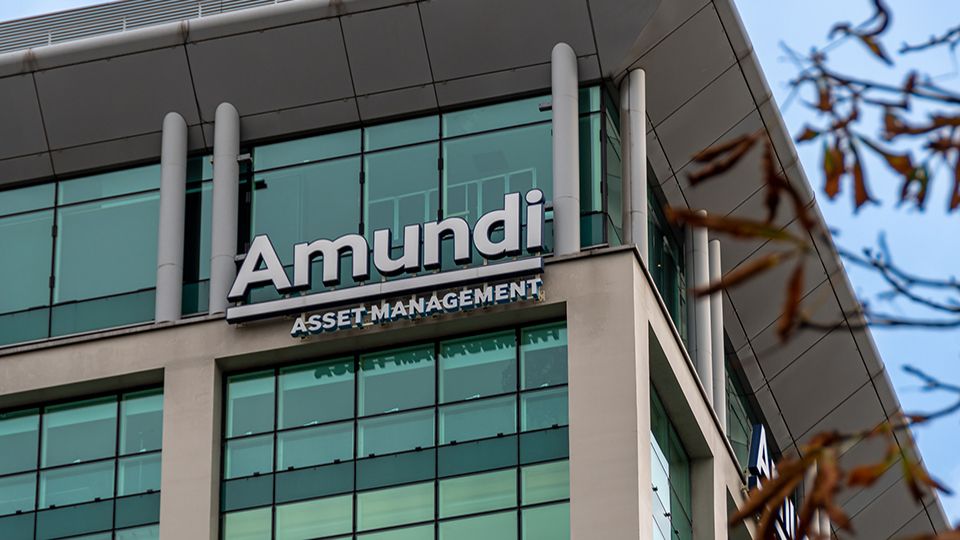For sustainable investing in Asia, labelled bonds are a key opportunity; however, increasing scrutiny on ESG factors means investors must look beyond the label to assess the quality of all bonds that claim to be ‘sustainable’.
Green, social, sustainability and sustainability-linked bonds are now front and centre of sustainable fixed income strategies, having grown to $3trn (as of December 2022) from just $260m in 2018.
Collectively referred to as ‘labelled bonds’, this asset class offers investors a key avenue to support and drive Asia’s transition to sustainability, especially considering the estimated $1.7trn infrastructure investments needed annually to fund Asia’s growth, address poverty and tackle climate change in the region.
In some markets, the swift growth of sustainable income strategies has created a demand-supply imbalance, resulting in “greenium” (green premium) – lower overall yields for labelled bonds, relative to their conventional alternatives. This phenomenon has been less pronounced in Asia, although the adoption of global standards and regulations governing sustainable investing such as Europe’s Sustainable Finance Disclosure Regulation is expected to impact this.
Differentiating labelled bond quality
Despite these opportunities, investors in Asia must tread with caution and not assume that a bond, or its issuer, is ‘green’ just because of the label.
When the first Asian labelled bonds were issued, there were few, or only vague, guiding principles, but this was followed by the rapid rise of the asset class against a backdrop of evolving standards and taxonomies. Currently, with ESG still a relatively new concept in the region, we still see significant divergence in the understanding and adoption of sustainable practices across different issuers.
Consequently, there is real variation in the quality of labelled bonds brought to market, as issuers capitalise on demand. Although the majority are aligned to recognised frameworks – such as the International Capital Market Association’s Sustainability-Linked Bond principles or ASEAN’s Green Bond Standards – labelled bonds with questionable structures do exist.
Examples of weak labelled bonds include funding for projects with minimal impact to a company’s operations; inadequate restrictions to prohibit undesired use of bond proceeds; and, in the case of sustainability-linked bonds, the lack of ambitious targets meaningfully “beyond a business-as-usual trajectory”.
Investors purchasing labelled bonds, who are relying solely on the label without sufficient due diligence, may not achieve their desired objectives, or what’s worse, may risk allegations of greenwashing.
An in-depth understanding of the region is also needed, as companies in Asia face a diverse range of operating environments, regulations and sustainability challenges. Many Asian corporates operate in economies that are currently fossil-fuel reliant economies and must navigate the transition amidst growing regulatory and greenwashing risk. Investors looking for sustainability leaders should aim to understand if an issuer has a holistic, ambitious sustainability strategy and assess its credibility in delivering these outcomes. For such companies, labelled bonds can be a core tool for financing their transition journey.
As an example, we identified a Philippines utilities company in the early days of its transition and determined that the company had a clear, robust and time-bound transition strategy. It was this conviction in the company’s ambitions and plans that drove our investment in its labelled bond issuance, not the label alone. Since 2019, multiple coal asset divestments have seen the utilities company’s proportion of thermal capacity decline significantly – from 74% in 2018 to 7% as of March 2023 – illustrating the credibility of the transition strategy.
Opportunity for engagement
Investors must undertake robust and continuous engagement with issuers. The incredible pace of change in Asia, spanning technology to regulation, may result in the region’s ESG data being particularly backward-looking.
Engagement provides an invaluable opportunity for two-way dialogue; investors can better understand the company’s sustainability challenges and encourage further improvement, while companies can more clearly comprehend investor expectations and how to address them.
So, labelled bonds can prove to be a useful catalyst to start the conversation and support improving ESG standards. Bondholders can use existing labelled issuance to encourage greater transparency from issuers, given the reporting requirements expected.
Additionally, resilient demand in the asset class continues to pique the interest of companies looking to issue in a sustainable format, bringing more companies to the table to discuss investors’ expectations. This gives investors the opportunity to engage early in the process of a company’s sustainability journey, voice their concerns and shape the transition trajectory.
Looking to the future of sustainable investing in Asia, labelled bonds will continue to be an important opportunity for the investors wanting to drive Asia’s ESG transition. However, sustainable fixed income investing should not be reduced to arbitrary allocations to labelled bonds, especially in Asia where the quality of labelled issuance is varied and the challenges are unique. Holistic assessments of a corporate’s sustainability strategy and ambition cannot be replaced by a label. For labels to be meaningful, investors need to understand what they represent, and work alongside experienced partners who have the resources, experience, and know-how to engage companies and identify opportunities.









